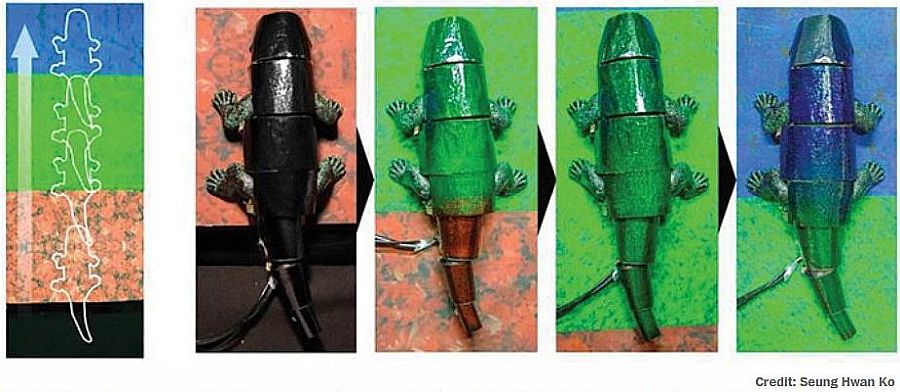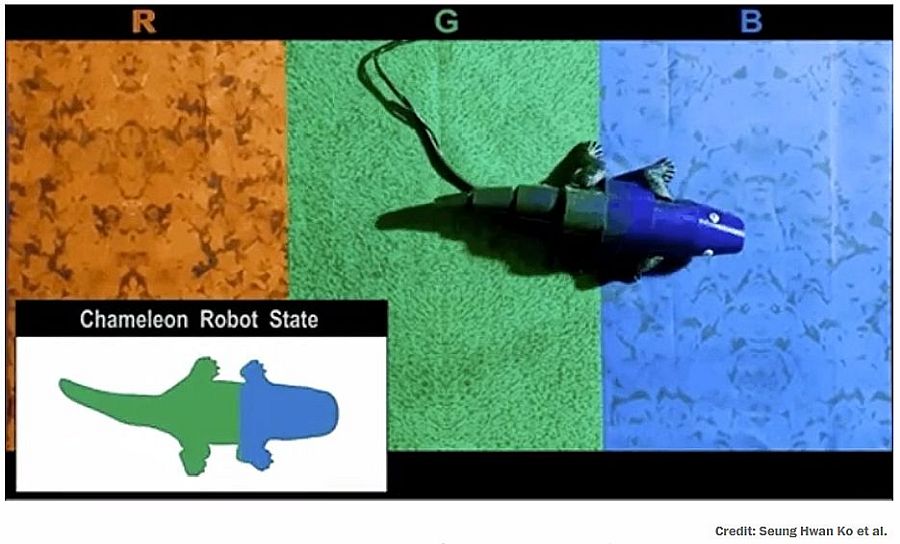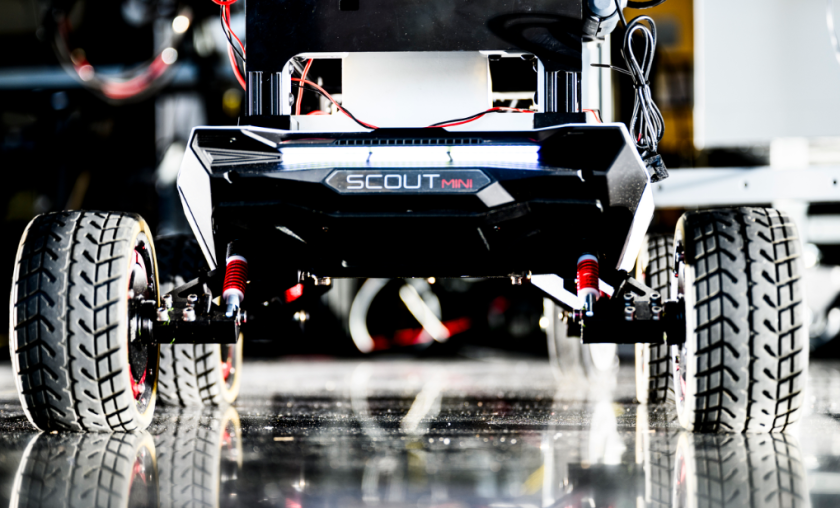
To depict natural camouflage characteristics via artificial camouflage at device level has remained a challenge since decades.
However, researchers at Seoul National University have developed an artificial camouflage that can adapt and blend with its surroundings. A defense strategy as seen in the case of chameleon that changes its appearance to avoid predators.
Biomimicry, again has proved the best option to solve human design challenges. To develop chameleon like characterizes, the researchers developed a multi-layer structure of thermochromic liquid crystal layer packed with silver nanowire heaters.
To overcome the drawbacks of conventional lateral pixelated scheme, they approached the new pattern with superposition of the heater-induced temperature profiles.
Heater-induced multi-layer skin design
Scientists developed the multi-layer design by first fabricating a layer made up of thermochromic ink. This compound is temperature sensitive and changes color with exposure to heat. When temperature is increased, the ink particles morphs into helical structures that reflect light into particular wavelengths.
Accordingly, temperature variations correspond to structures of different sizes. Thus, displaying various colors. And second skin layer was developed by network of heater strips.
Finally, the researchers applied the multi-layer skin covering to a soft model of chameleon they had fabricated.

Control system and sensing units
The artificial camouflage envelops the back of a little walking robot. The small chameleon bot is 38 cm long, 15 cm wide and weighs around 0.9 kg.
Color sensors were added to the belly while circuitry was embedded within the bot. Microelectronics helped the robot in locomotion. Color sensors were used to identify colors, render the information it received and then forward the signals to the heater network.
Certain predesigned color patterns were also added to enable the bot to alter not just skin color but also the pattern colors on its skin.
Control system and sensing units simultaneously assist in naturally transitioning chameleon characteristics. The robot retrieves the local background color and immediately gets in sync with it.
With each maneuvering, the robot progressively changes into the hue of the background to match it, from orange-red to green, and then to blue.

Takeaway
By blending into the background, it will act like an invisible cloak, said Seung Hwan Ko of the Seoul National University in South Korea.
Researchers envision their application will assist the military as it’ll make a covert intelligent scout robot. Also, it can be used in future flexible and wearable displays.
By far, this model is an apt choice for the next-generation artificial camouflage.



